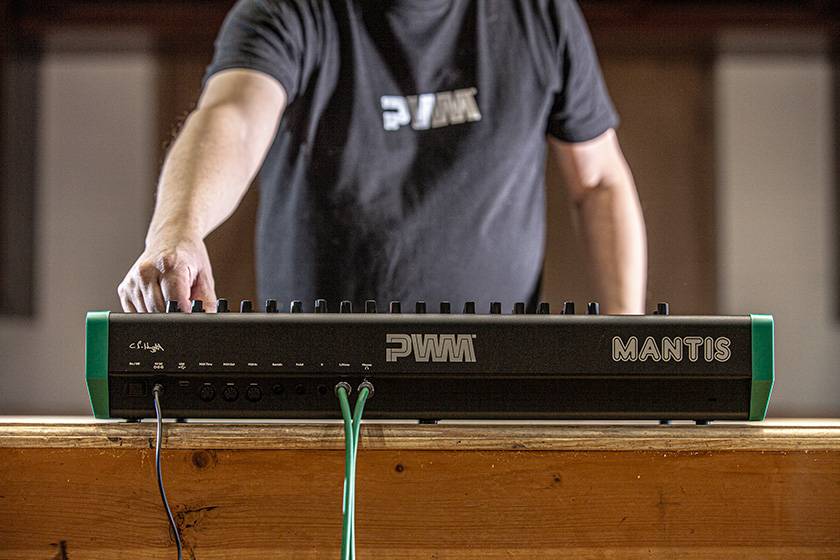
In 2021, at "SUPERBOOTH"—a prominent festival dedicated to synthesizers, particularly modular synths—a cutting-edge synthesizer brand called PWM made its debut. Now, in 2024, PWM has released two new synthesizers: Mantis and Malevolent. I had the opportunity to actually use both of these models, and in this review, I’ll be highlighting their unique appeal and features.
PWM / Mantis
Mantis is a unique duophonic hybrid analog synthesizer born from the collaboration between the legendary designer, the late Chris Huggett (Gnat, WASP, OSCar), and PWM’s Paul Whittington.
This hybrid design, which combines analog sound sources with digital control, skillfully fuses the warmth characteristic of analog synths with the precision of digital synths, enabling the creation of rich and diverse tones.
Equipped with multiple oscillators and offering a wide variety of waveforms, it allows for flexible and creative sound design. In particular, the high degree of modulation freedom lets you add movement to sounds using LFOs and envelopes, making it easy to build your own unique tones.
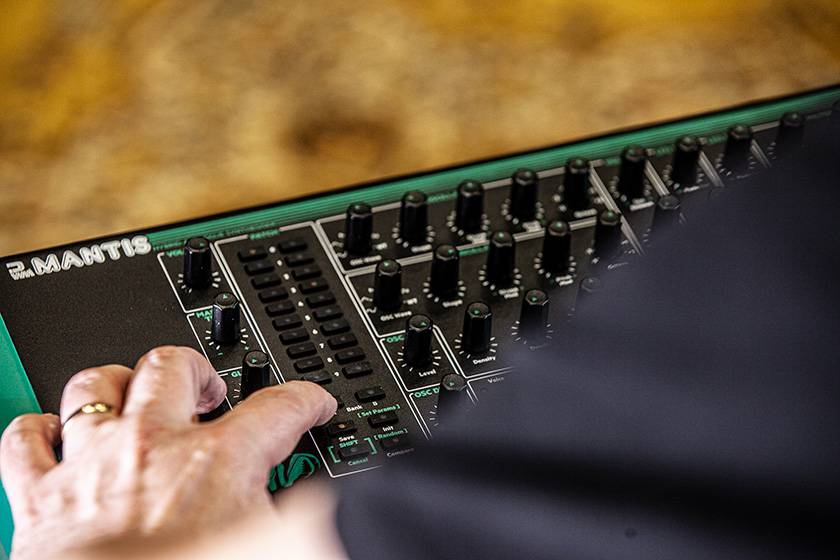
Moreover, the Mantis interface is intuitive and visually easy to understand. It allows for smooth parameter adjustments and quick setting changes. Equipped with 100 preset sounds and the ability to store an additional 100 user presets, I also highly recommend this for live performances.
Personally, the three most appealing points from using it were as follows:
- A wealth of presets that make it easy to use even for analog synth beginners.
- The included sounds are excellent and immediately usable without tweaking any parameters, but when you adjust them, you can enjoy sound changes that are difficult to replicate with other synths.
- The filter works well as a sound effect tool and is also very versatile.
- In addition to the standard low-pass, high-pass, and band-pass options, there are modes that respond with unexpected behavior due to unique modulation, making it very effective for special sound effects.
- The duophonic mode inspires creative thinking and allows you to use two oscillators and sub-oscillators individually.
- The sound separation is so clear that it almost sounds polyphonic, and you can also assign parameters separately to each. It can even be used as a simple layer, which is a feature that really encourages new ideas.
PWM / Malevolent
Next, let’s take a look at the Malevolent. It’s a pure analog semi-modular synthesizer that features an exciting Sallen-Key type filter and a wild retro sound, while also offering modern and versatile controls.
As the name suggests, it showcases a unique character as an analog synth. It delivers the warmth and reliable sound quality of analog, especially well-suited for dance music and electronica. The sound has a strong presence that’s capable of producing a wide range of tones from sub-basses to pads.
The interface of the Malevolent is simple and intuitive, making it easy to handle even for beginners. With just the right number of knobs and various switches, you can efficiently shape your sound, making it especially suitable for those who want to create sounds quickly. Of course, since it's a modular synth, you can also pursue complex sound design through patching, so you can chase your ideal tones. This straightforward UI seems to create an environment that helps you stay focused on music production.
It features two oscillators, each capable of producing sine, triangle, and pulse waves individually or simultaneously, with waveform shaping also possible. The filter section uses a 2-pole Sallen-Key filter with opto-FET control that offers different filter states via independent inputs. This filter is designed to interact with the input oscillator levels, offering a broader range of resonance than typical analog synths. Depending on the settings, it can produce contrasting filter behaviors, such as subharmonic locking, self-oscillation, and phase adjustment when using multiple state inputs from a single source.
Personally, I’m still relatively new to the world of modular synths, and without seeing the parameters, I often struggle to figure out the patching. However, with the Malevolent, the input/output points are color-coded in the manual, which makes it feel like an ideal first unit for beginners.
Additionally, both the Mantis and Malevolent have removable side panels, making them great choices for those who want to customize with DIY panels or paint jobs. These synths aren’t just about sound—they also offer a sleek, stylish aesthetic that feels distinctly European.
Both models are uniquely tailored to meet everyone’s needs, and they adapt well to different creative styles. They’re fantastic tools for expanding the potential of your music production. If you get the chance, definitely give these synthesizers a try during the music-making process.





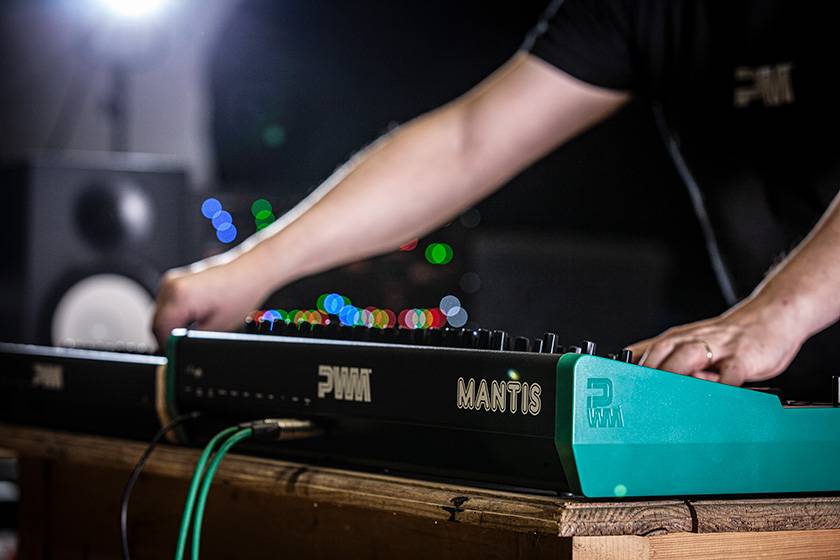
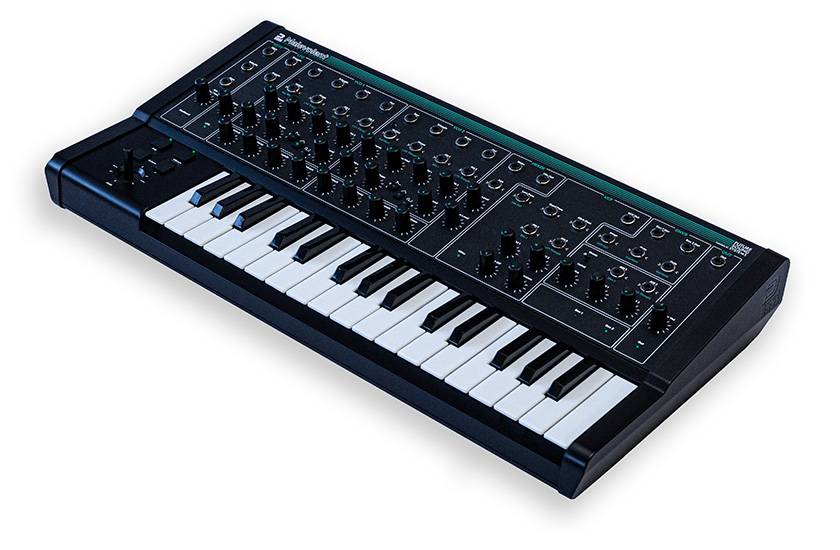

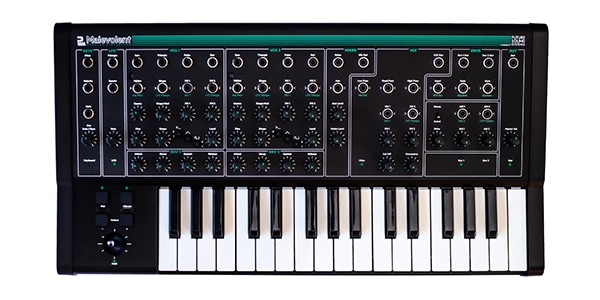
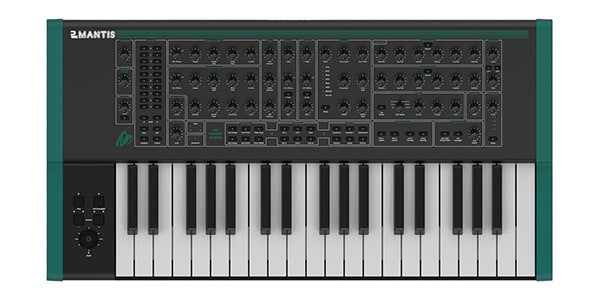

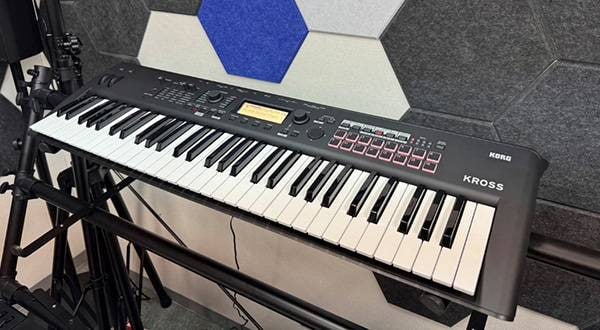


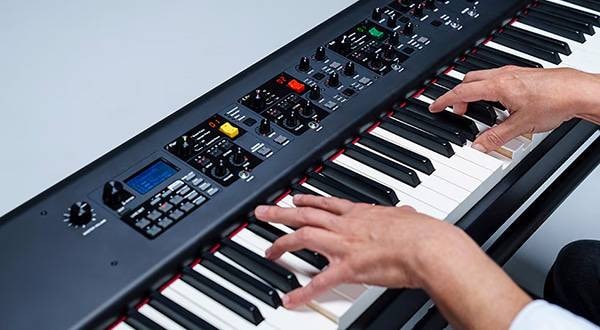

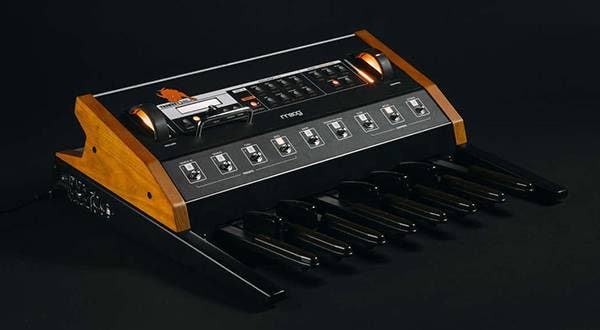
![[2025 Latest Edition] Choosing a Synthesizer/Popular Synthesizers Ranking](/contents/uploads/thumbs/2/2022/9/20220916_2_19446_1.jpg)
![[2025 Latest Edition!] Popular Modular Synthesizer/Semi-Modular Synthesizer Ranking [Recommendations]](/contents/uploads/thumbs/2/2021/12/20211202_2_15495_1.jpg)
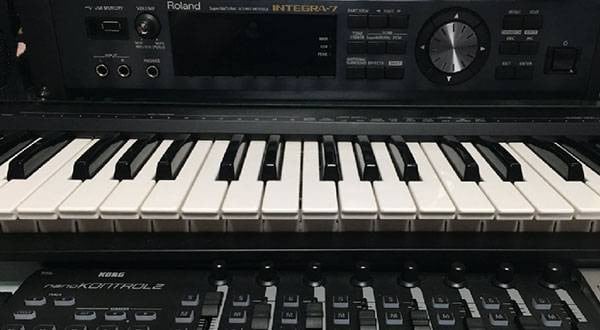

 シンセサイザー 入門ガイド
シンセサイザー 入門ガイド
 PLAYTECH キーボードセレクター
PLAYTECH キーボードセレクター
 PLAYTECH 鍵盤特集
PLAYTECH 鍵盤特集
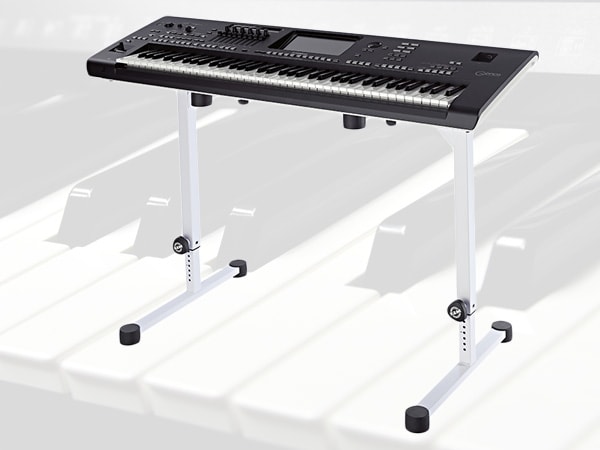 キーボードスタンドの選び方
キーボードスタンドの選び方
 おすすめの電子ピアノ
おすすめの電子ピアノ
 キーボードスタートガイド
キーボードスタートガイド















